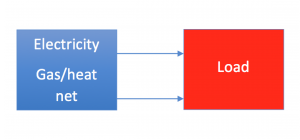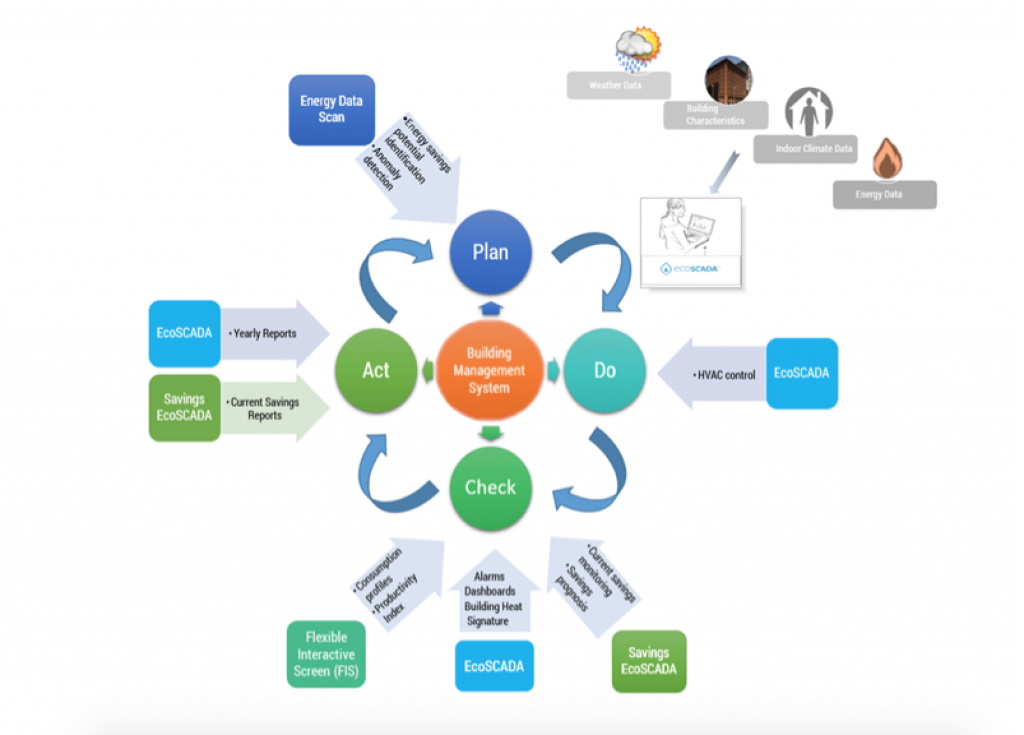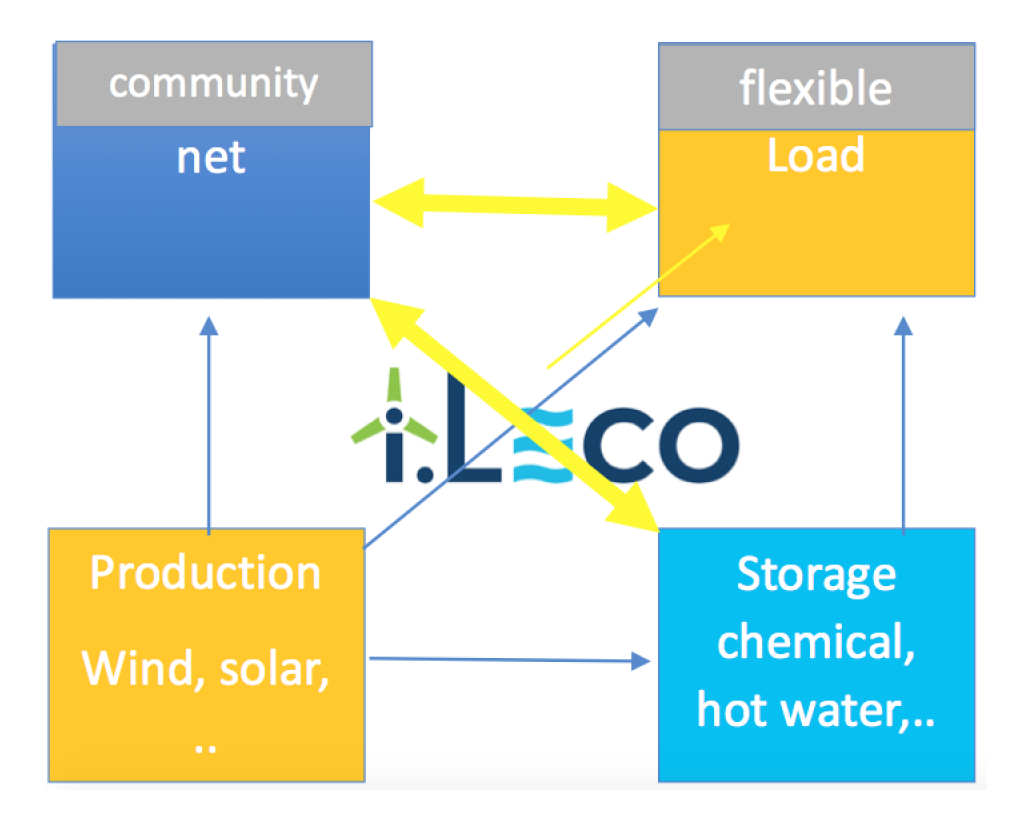By Adriaan Brebels, i.LECO NV, Belgium
For the different demo sites in the Geofit project a one-year pre-retrofit data-monitoring plan has been implemented. The data to be collected comes from different instruments and different sources.

Locally, we measure the internal and external climate parameters (temperature, humidity, CO2, wind speed…) and energy consumption (heat and electricity) for the different participating buildings. Specific for the parts of the building that will be covered for heat by the heat pump, the additional installation of a heat meter will provide the time series for the heating profiles.
The local conditions are measured by weather stations as by IoT devices from Netatmo, or from weather stations and internal sensors that were already in place. The data from the different energy meters and internal sensors are collected by the local Building Management Systems or directly from the energy meters by a gateway.
Beside the local data, also the data from the weather forecast for the sites are synchronized into the IoT platform ‘EcoSCADA’ (Ecology/Economy Supervisory Control and Data Acquisition) of I.LECO. This makes it possible to have online dashboards and reporting besides the possibility to retrieve the data by a fast API.

Based on all this collected data the best dimensioning of the heat pumps can be defined and additional investments can be advised for local production (as solar panels) and local storage (as chemical batteries or hot water)
This time-series provide insight into consumption anomalies (for instance because the building uses too much energy during nights, weekends and holidays) what can result in energy savings after the retrofit.
Additionally – also due to the heat pumps – there will be more time flexibility for the load in the energy sources (for instance by pre-heating or lowering ventilation when the CO2 is still low enough).
All this will prepare a control strategy for the multi-component energy system. This control system needs to optimize the energy flow between the different components. This is done using forecast technology (for local consumption and local production) and markets’ knowledge (as the price of electricity). Other consumers out of the energy community can use the electricity. Energy providers can base the billing on blockchain technology instead of the classing billing.

